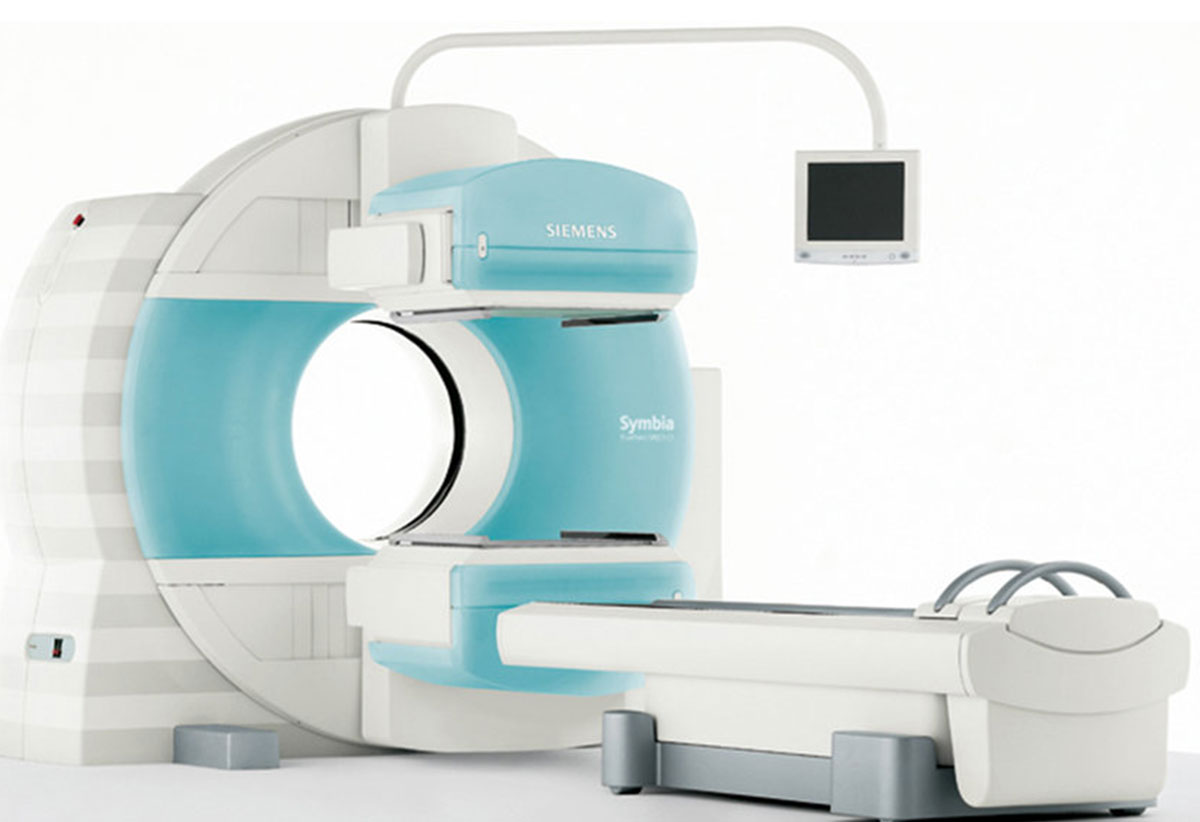The Biggest Industry Trends Changing the Landscape of Medical Imaging Equipment

The whole world of radiology faces big changes which are addressed to payment, clinical and technological levels, policy, business, and healthcare IT leaders can help the radiology people to transform their offices, so they can meet the requirements of the new healthcare system. Radiology is one of the most oriented specialties to technology and it is caught in a complex circle of diverse trends of all types.
At some point, the economics of radiology sectors are also changing faster than ever. It is obvious the demand for diagnostic imaging services across various healthcare regions, micro-areas, and local markets. This fact, and the high cost of maintaining radiological offices has united with rapidly improving imaging technology.
The rapid growth of each imaging modality is modified by so many different factors, but several trends are going to affect the future revenues for the entire medical imaging equipment market. Three of these trends mentioned below and are followed by some institutions for capitalizing on these trends.
Trend 1 – The influence of the aging global population which is stretching healthcare resources and at the same time changing buying strategies for medical imaging equipment.
According to the statistics made by WHO, the proportion of the global population would probably rise from 12% – 22% during the period from 2015-2050. This aging trend would cause some significant changes and will affect almost every part of the world. This means that the old population would increase the global rates for all chronic diseases, involving heart disease, diabetes, and cancers. This phenomenon will bring changes in the healthcare systems. When this happens, the imaging medical equipment will have to produce high-quality care for all patients especially for the aging populations, and services for growing inpatient and outpatient volumes. This means that the medical imaging equipment use would increase. The industry that is related to the healthcare systems would continue to bring negative effect over medical imaging budgets. This fact is explained by the point that the equipment which can be utilized quickly and for more procedures will be the focus for almost every healthcare provider. It is good to know that medical imaging equipment rises efficiency and at the same time maximize the return-on-investment. A great example of this is a handheld ultrasound system could probably offer better return-on-investment for healthcare professionals who need to conduct examination of people in multiple healthcare organizations than a stationary system. When it comes to the x-ray equipment market, healthcare professionals give an eye on efficiency is leading to the decline of fluoroscopy-dedicated- x-ray systems and all this because healthcare institutions are consolidating multiple dedicated fluoroscopy rooms into singular spaces that are more cost-effective and potentially have a higher usage rate.
Trend 2: Some changes to the US healthcare system are making the medical imaging usage rates low, lengthening the replacement rates, and encouraging all providers to buy less imaging equipment.
According to several searches, the US market was marked as the largest of all countries for the period of 2016, accounting for twenty-five percent of global revenues and recent modifications to medical imaging legislation. This means that if there are changes in the US market, it will affect most of the global imaging equipment market. The main factors which affect the US medical imaging equipment market are the following ones:
- Cuts to medical imaging reimbursement
- Shift from fee-for-service model to value-based model
- Newly bundled procedural codes for billing purposes
- Concerns over harmful radiation dose
- Increasing numbers of patients with high-deductible health plans
- Growing popularity of satellite imaging facilities
Trend 3: Healthcare spending is growing in almost all developed countries and increasing the uptake of basic medical imaging equipment.
This trend will affect the regions such as Latin America, Asia Pacific, and the Middle East.
Summary
According to many studies, to meet the needs of good healthcare systems, all manufacturers have the need to develop a portfolio of their own products and solutions that will increase the efficiency and at the same time will maximize the return-on-investment. Another thing to consider is that the replacement rates for all imaging equipment are lengthening and all US providers are buying less equipment. Because of this, suppliers of this type of medical equipment tend to be more creative in the creation of their new strategy and more flexible in their intention to be considered for deals. They must remain competitive in the US market. When the trend three is revised, then it is noticeable that manufacturers need to create strong sales in the countries in Latin America, Asia Pacific, and the Middle East because this trend will drive the most growth for the imaging market through 2020.

 SUBSCRIBE TO OUR BLOG
SUBSCRIBE TO OUR BLOG
